India's Global Fight Against Terrorism – The Final Diplomatic Push of Operation Sindoor
Diplomacy with Data, Deterrence with Dignity.
In the days following the Pahalgam attack, India could have chosen escalation. Instead, it chose orchestration. Operation Sindoor transitioned from military precision to moral persuasion — not in search of applause, but in pursuit of alignment. With the world watching, India launched a final offensive: not on the battlefield, but across embassies, summits, and sanction boards.
Seven all-party delegations. Thirty-two countries. One objective — to make terrorism a globally indivisible red line. As DAAVA wound down its final simulations, the real work began: correcting propaganda, demanding accountability, and reminding the world that restraint isn’t weakness. It’s civilization.
This wasn’t a war. It was a recalibration of global will.
The fire ended. The message carried forward.
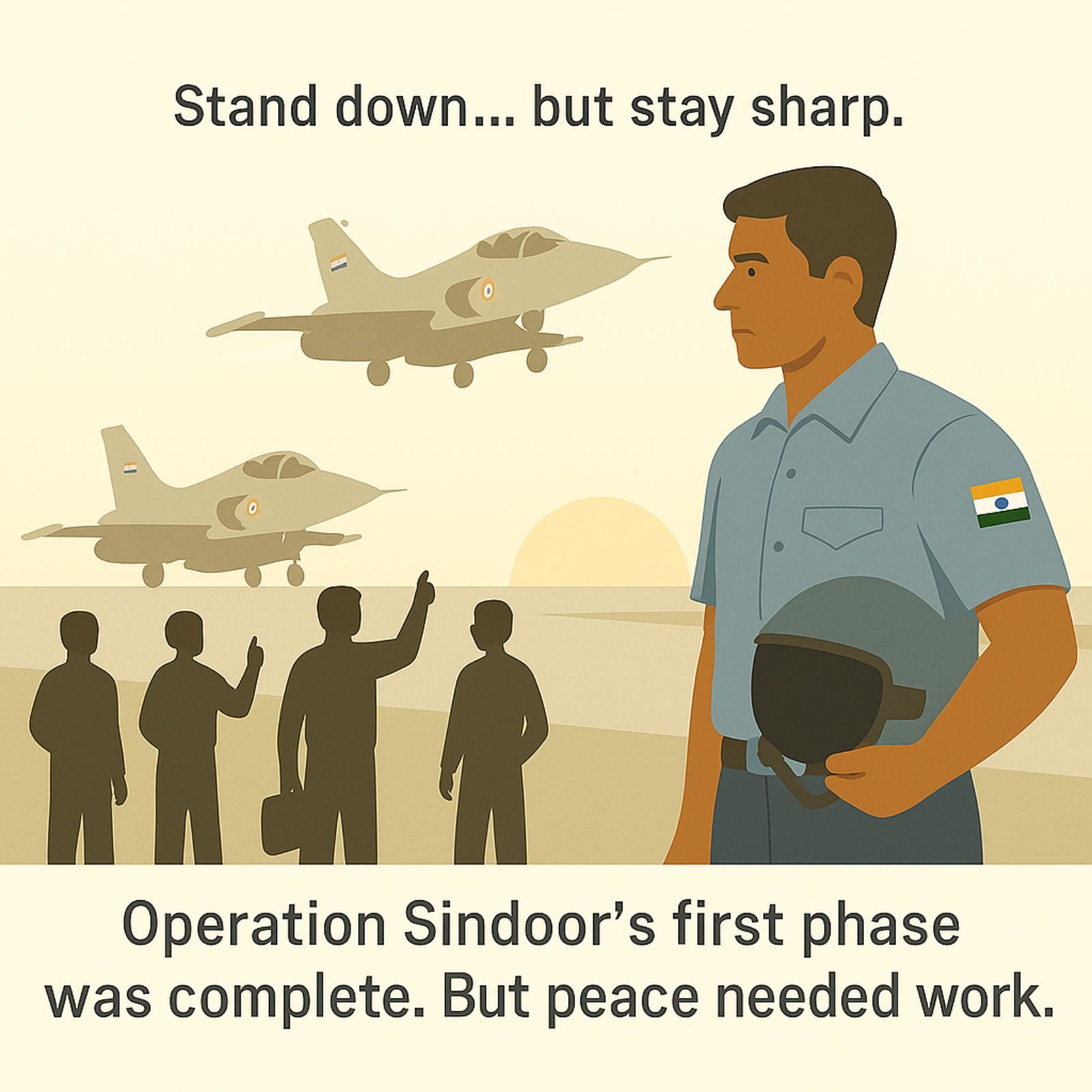
The sky cleared. But the questions began.
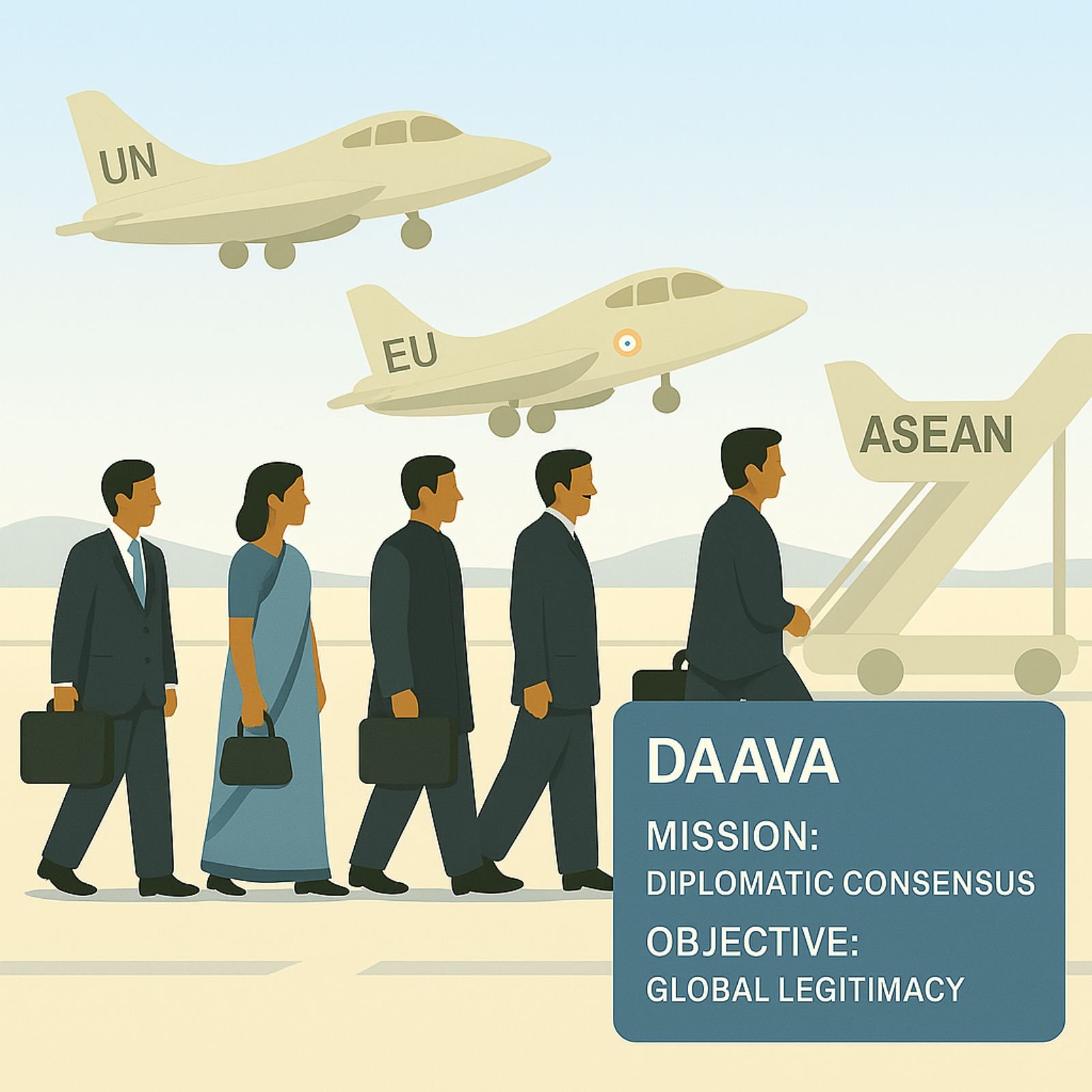
India didn’t wait for the world to ask—it answered.
War may start with missiles, but it ends in meetings. As jets returned, Indian envoys set out—not with slogans, but strategy. The airstrip became a bridge to diplomacy. India chose strength through restraint, proving that real closure comes through consensus, not conquest.
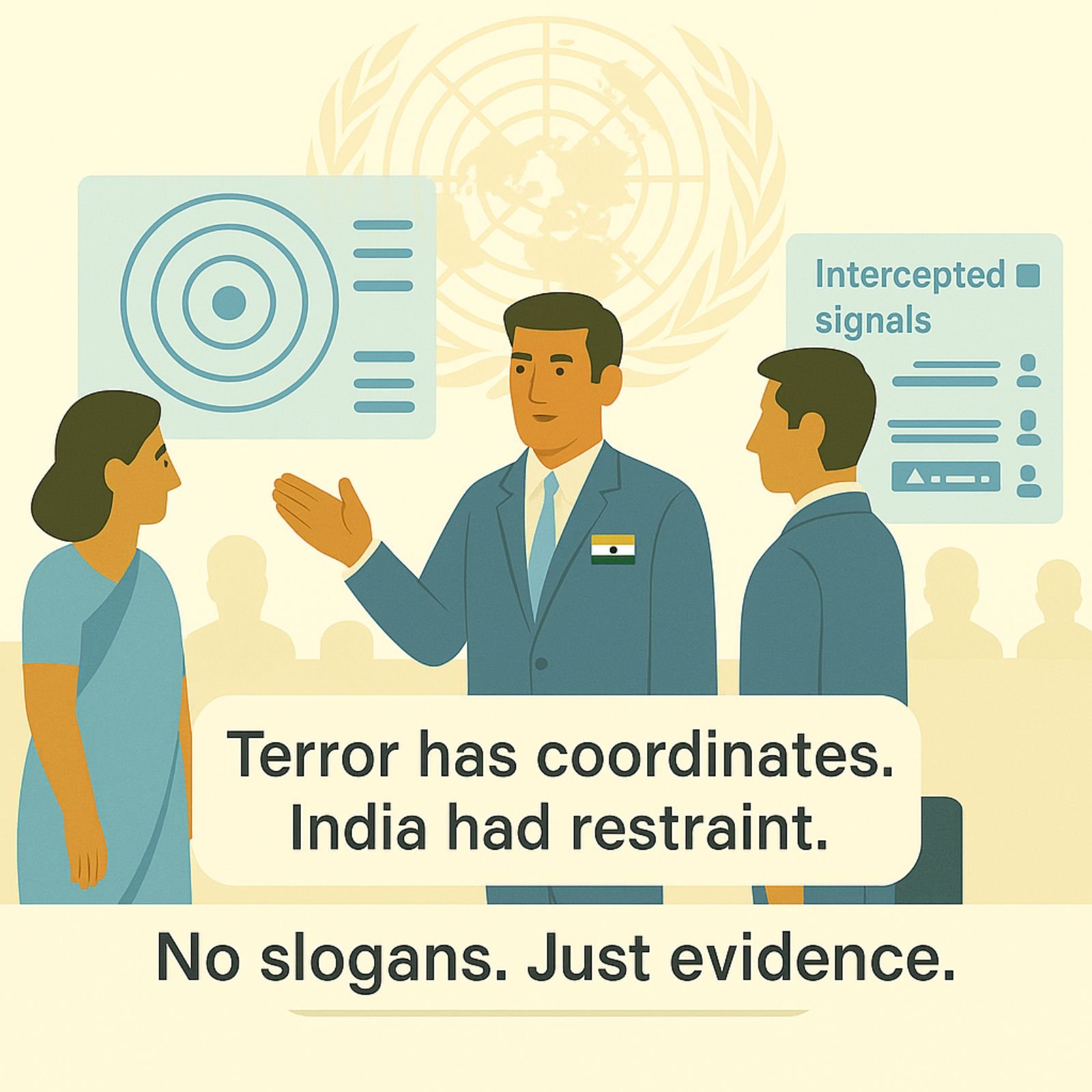
India’s strongest rebuttal wasn’t words—it was data.
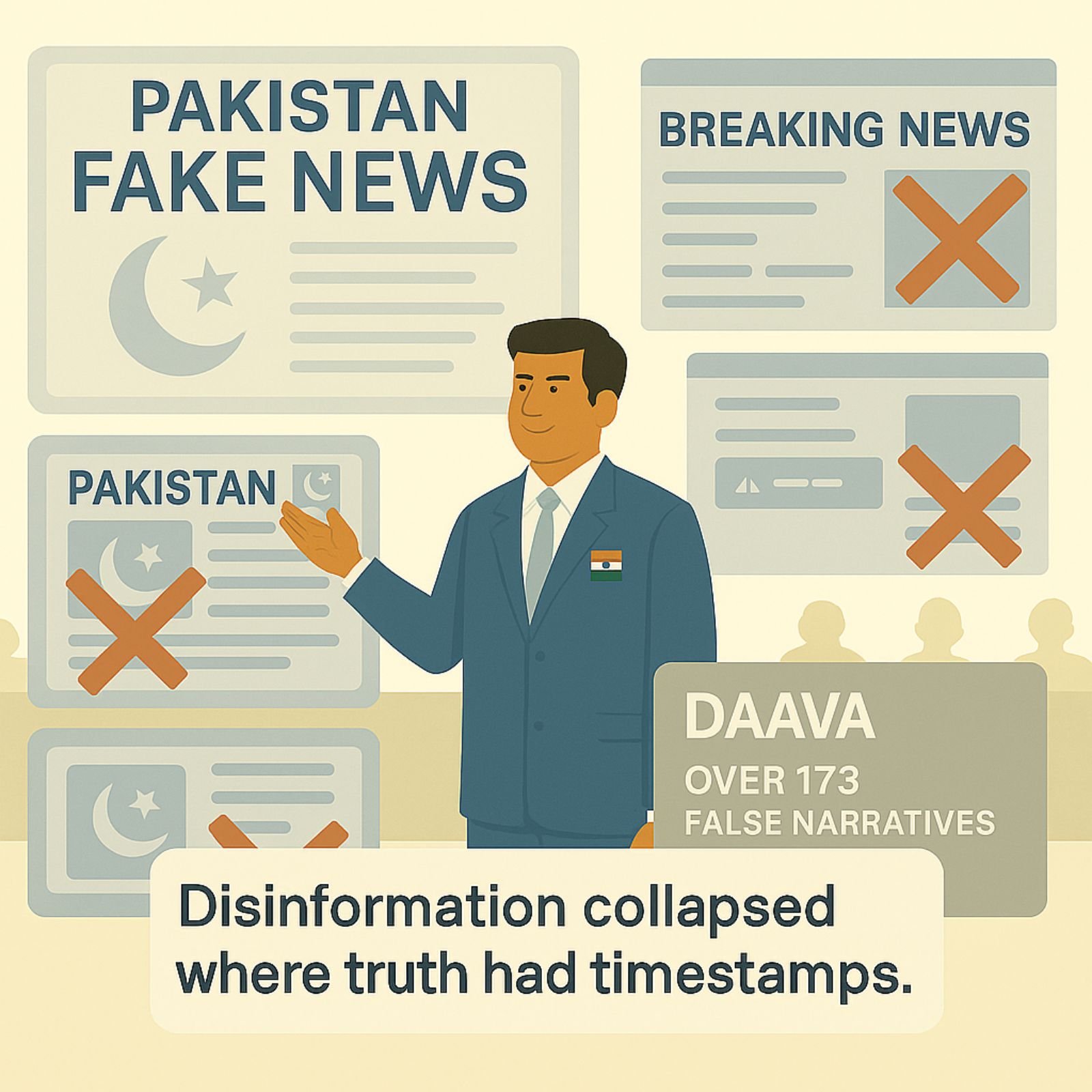
India let the data speak—and the world listened.
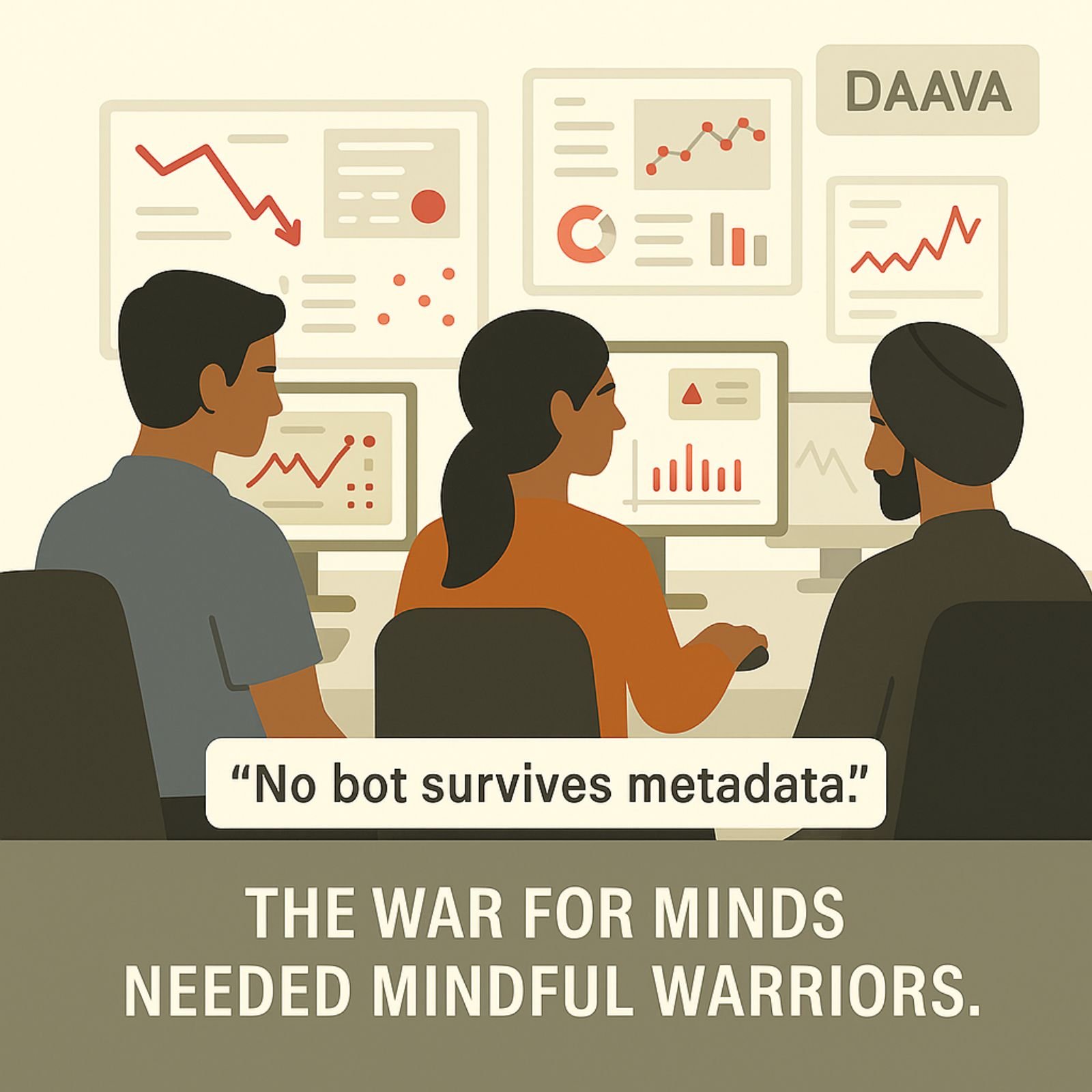
The fight against terror wasn’t just on the ground—it was online.
The conflict tested more than radars—it tested digital reflexes. India’s young minds, not just experts, became the nation’s firewall. By decoding metadata and bot patterns, they turned digital vigilance into patriotism. In today’s battles, perception is the new frontline.

Echoes of restraint carried farther than roars of retaliation.
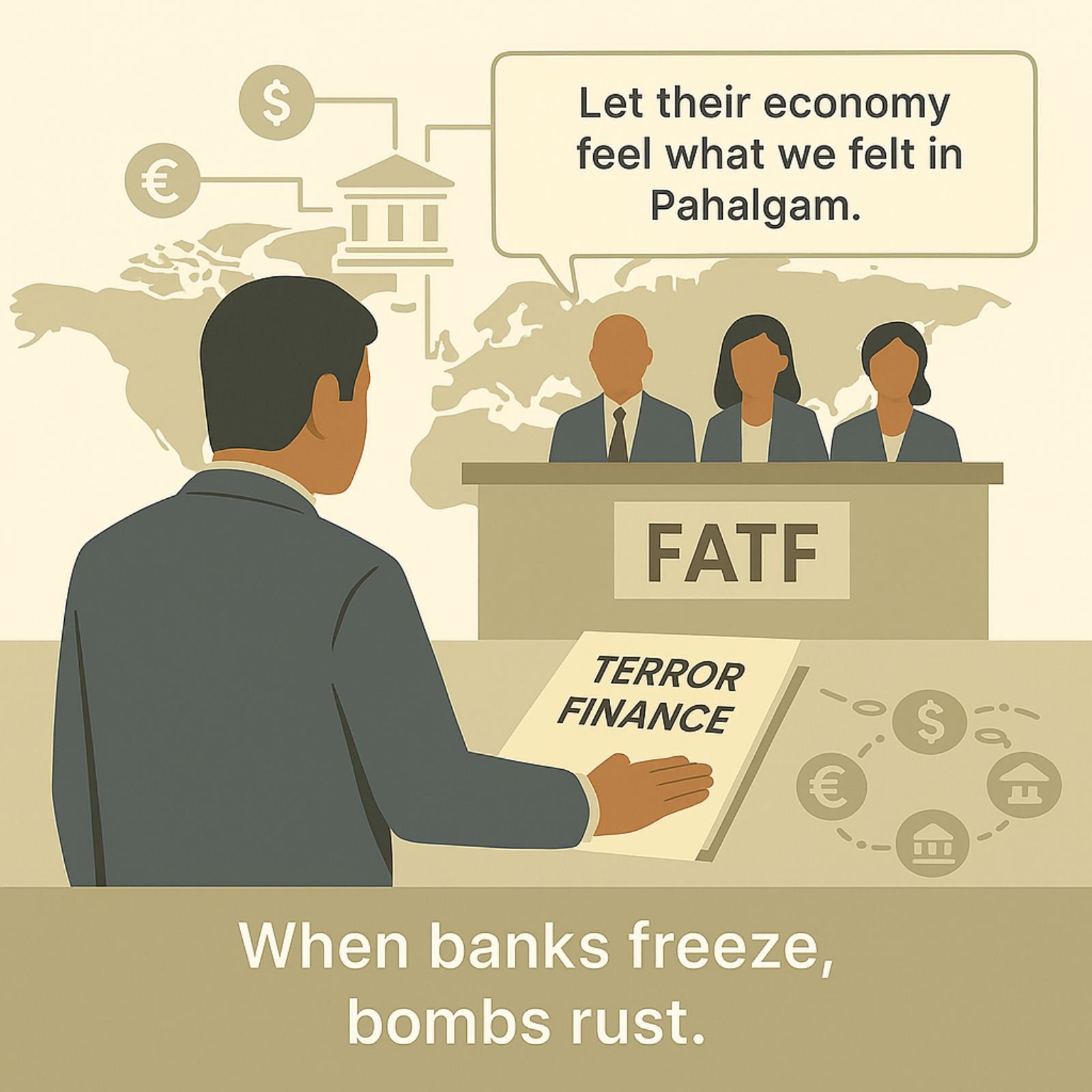
Financing terror now had a cost.
Terror isn’t just armed—it’s financed. India brought intelligence to the global stage, shifting focus from trigger-pullers to funders. The FATF dossier exposed cross-border financing, showing that modern counterterrorism is fought not just on terrain—but through transactions.
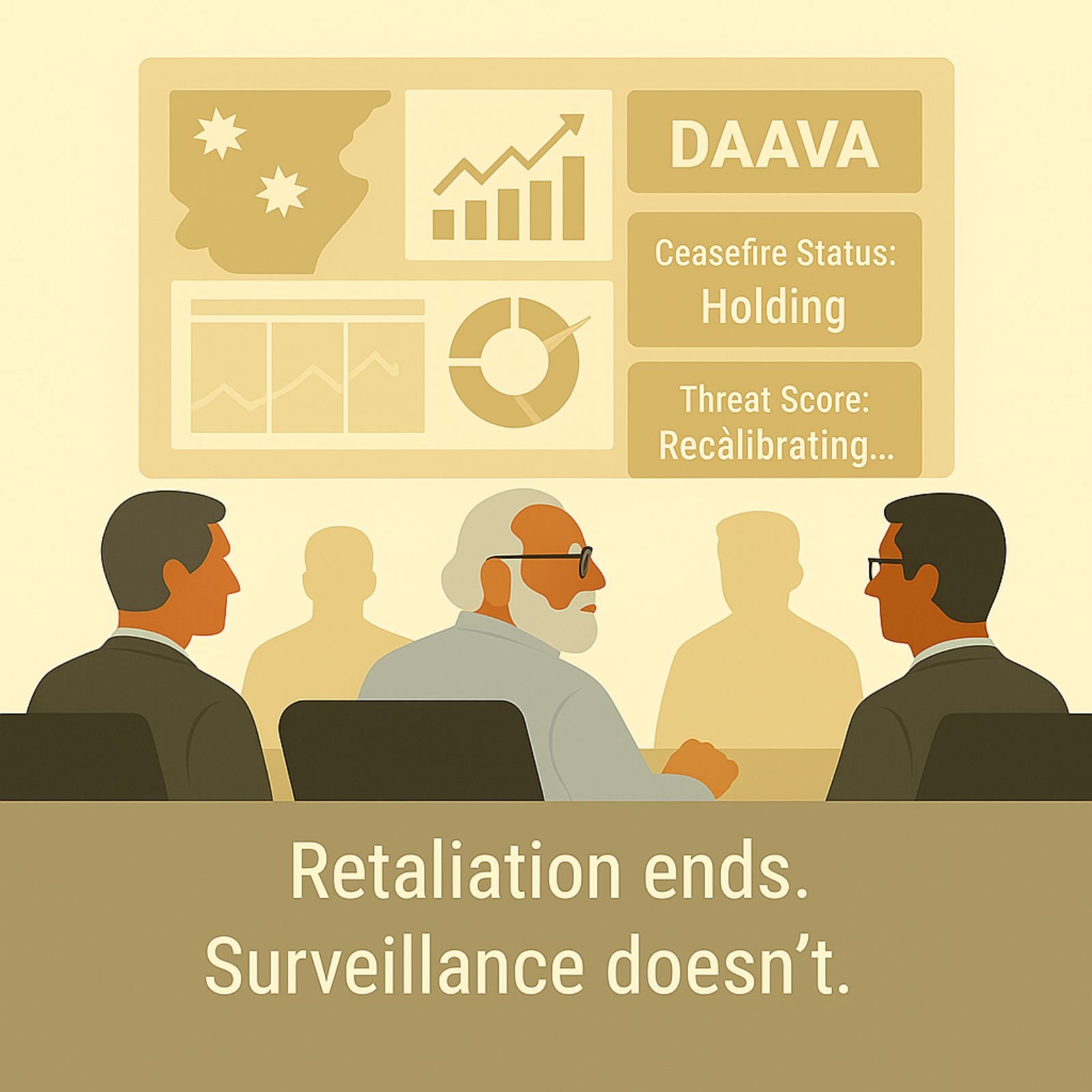
Behind every pause was a plan.

The most powerful strike is the one held back.
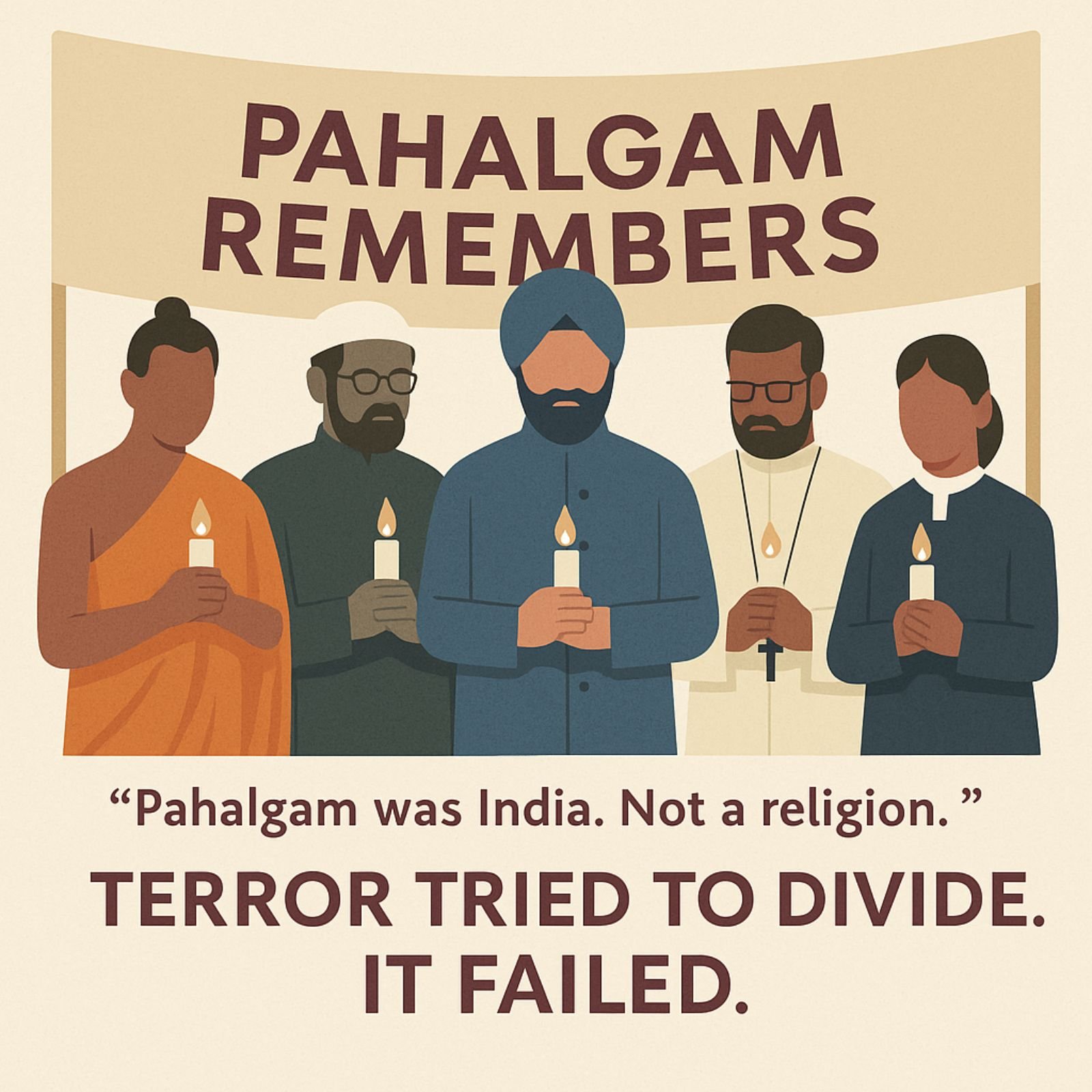
Terror tried to isolate. India answered with unity.
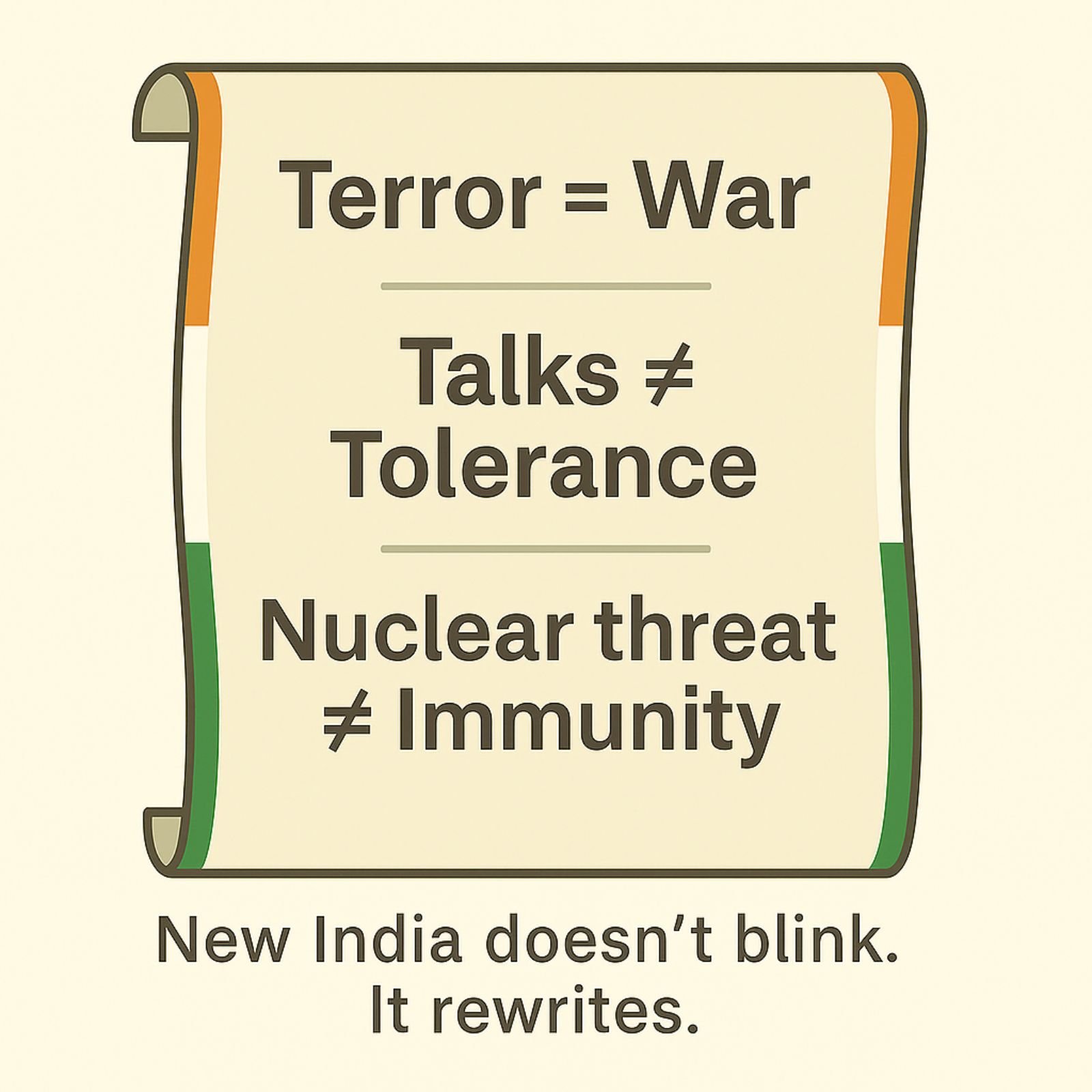
India inked resolve—not revenge.
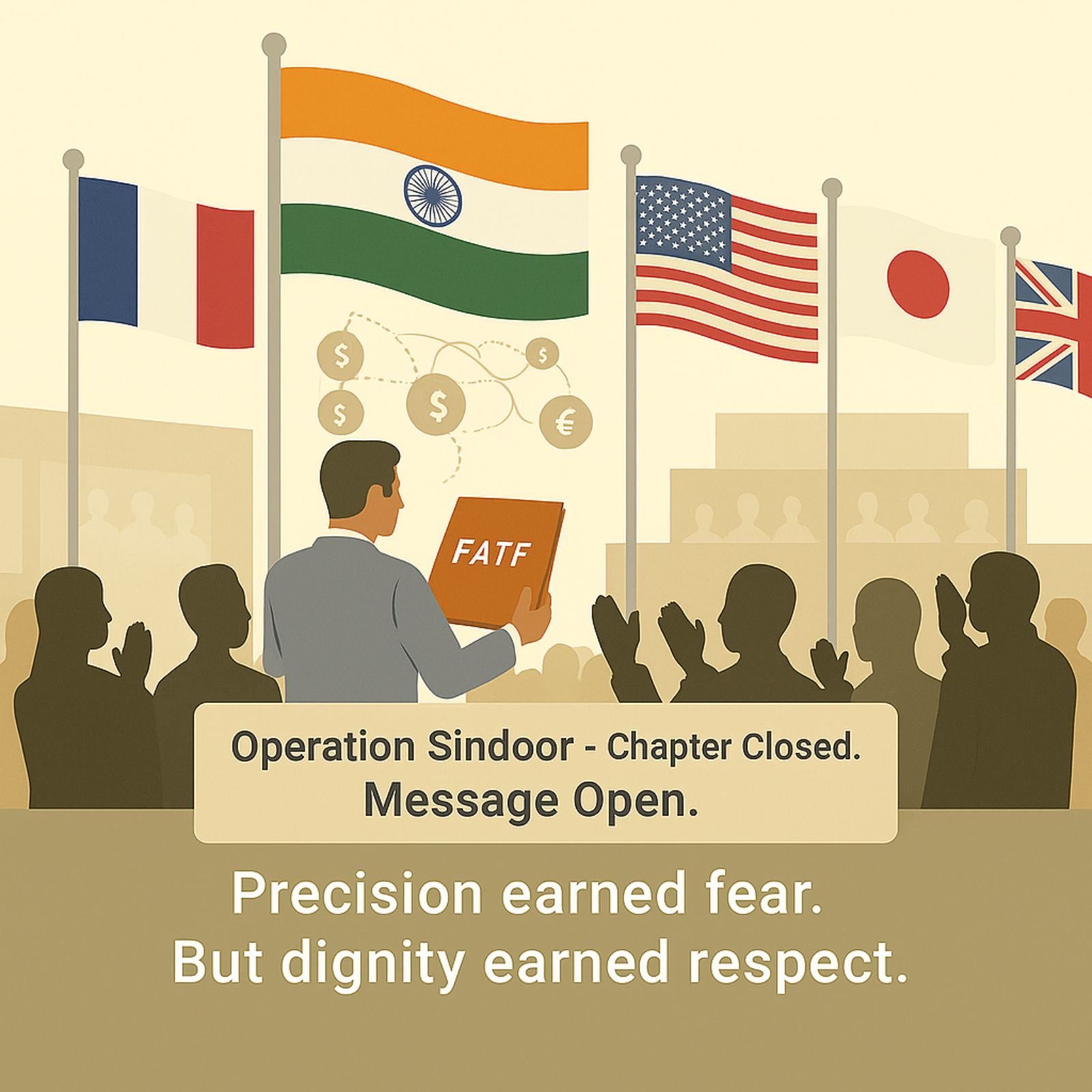
Some victories aren’t declared. They’re recognized.
True strategy ends in respect—not with force, but with discipline. As India’s flag rose among others, it wasn’t dominance on display, but dignity. In a world of noise, India chose clarity over chaos, showing what responsible power looks like in uncertain times.
Key Takeaways
- Terror = War: India no longer treats terrorism as a fringe act—it classifies it as a declaration of war, triggering a full-spectrum, calibrated national response.
- Talks ≠ Tolerance: Diplomacy does not mean inaction. India demonstrated that dialogue can coexist with decisive countermeasures grounded in clarity and consequence.
- Nuclear threat ≠ Immunity: The threat of nuclear escalation is no longer a shield for aggression. India showed that precision, not provocation, defines responsible deterrence.
These doctrines were not statements of aggression—they were protocols of precision.
📘 Acronyms Explained – Episode 10
MEA – Ministry of External Affairs (India)
India’s primary body for managing global diplomacy and foreign policy. Led the international delegations featured in this episode.
UN – United Nations
The global body where India presented data-backed evidence of Pakistan’s role in cross-border terrorism.
EU – European Union
Key European bloc where member states like Spain and Denmark acknowledged India’s diplomatic maturity and cultural plurality.
ASEAN – Association of Southeast Asian Nations
Regional alliance approached for broader Asian alignment on counter-terror narratives.
DAAVA – Data-Augmented Autonomous Vigilant Advisor
A fictional AI system assisting India’s calibrated response. Represents strategic intelligence, not escalation.
QUAD – Quadrilateral Security Dialogue
A strategic alliance of India, the US, Japan, and Australia, whose members echoed India’s right to defend itself.
G7 – Group of Seven
Advanced economies whose solidarity added diplomatic weight to India’s post-strike legitimacy campaign.
FATF – Financial Action Task Force
The global watchdog against terror financing, where India pushed for economic scrutiny on Pakistan’s misuse of funds.
IMF – International Monetary Fund
India called for conditional scrutiny of IMF aid to nations suspected of financing terror indirectly.
ADB – Asian Development Bank
Similar to IMF, flagged in diplomatic conversations to ensure aid is not redirected for extremist agendas.
TRF – The Resistance Front
A terror proxy group whose mention was omitted in some international statements, reflecting diplomatic challenges.
UNSC – United Nations Security Council
Reinforced India’s sovereign right to respond to terrorism during the post-conflict diplomatic wave.
PM – Prime Minister
India’s head of government, briefed by global delegations to guide future diplomatic frameworks.
NSA – National Security Advisor
Core strategist overseeing ceasefire metrics and DAAVA’s final strike analysis in the South Block room.
Disclaimer
This final episode is a fictional dramatization inspired by real-world geopolitics, deterrence theory, and AI-integrated diplomacy. It serves as a narrative reflection on how nations might balance technological precision with ethical statecraft in the face of asymmetric threats. All characters, alliances, and decisions are fictional and intended for educational storytelling only.
DAAVA, the AI system featured in this series, is a speculative construct used to explore the evolving role of artificial intelligence in national defense, diplomacy, and information integrity.

I liked how it ended with diplomacy over destruction. It proves that winning minds matters more than winning wars.
Well said. In a world of warheads, diplomacy remains the sharpest weapon. Ending with dialogue isn’t weakness — it’s strategy in its most dominant form.